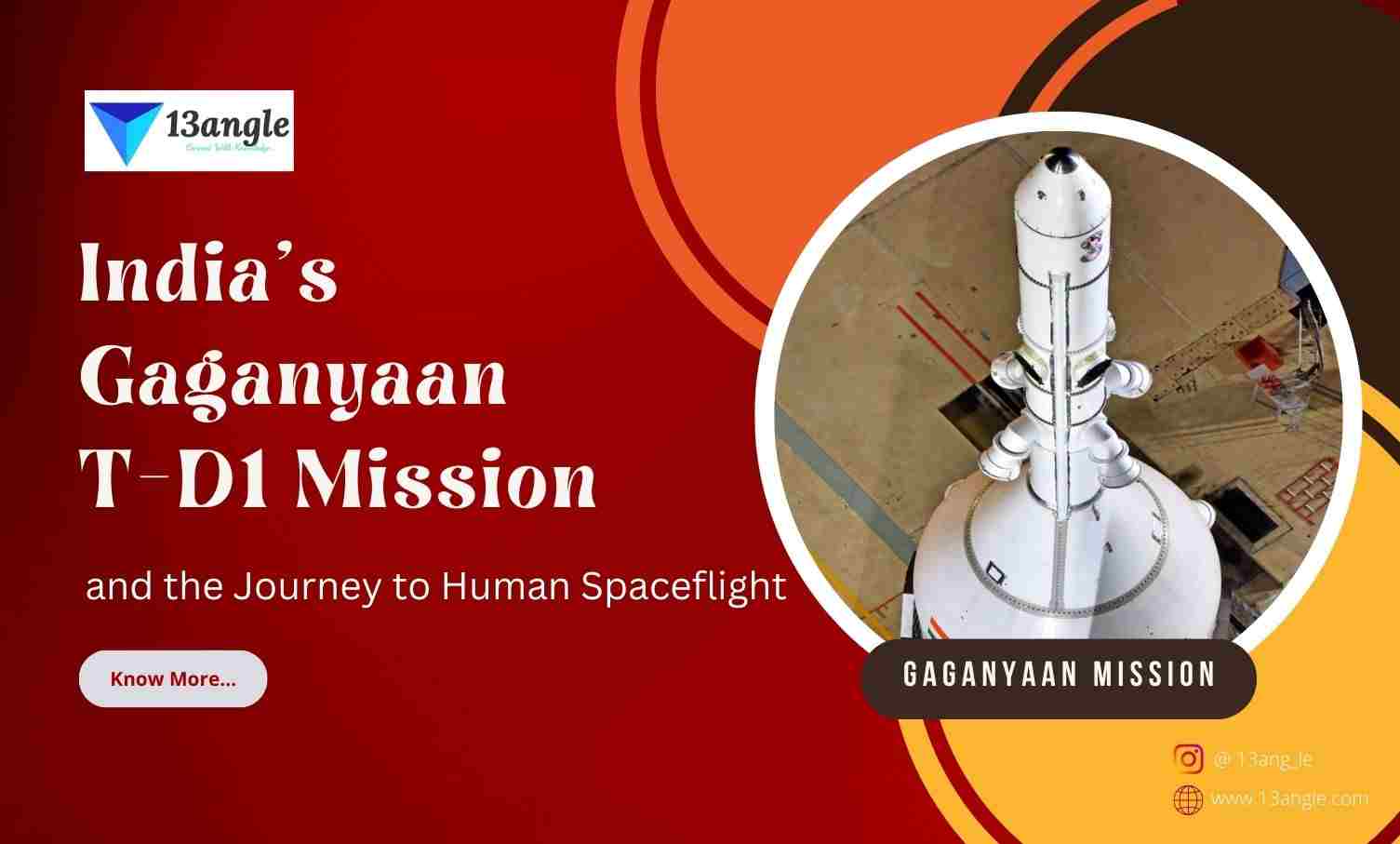
Introduction
In a groundbreaking mission, NASA is on the brink of venturing into uncharted celestial territory. Their destination is not the typical rocky, icy, or gaseous body, but rather a metal asteroid named Psyche. This extraordinary journey promises to provide us with new insights into the inner cores of rocky planets, potentially unlocking the secrets of our own planet’s core and even discovering a new category of cosmic entities. The Psyche mission is a part of NASA’s Discovery Program, which emphasizes cost-effective robotic space exploration. Unlike most asteroids, Psyche is believed to be the exposed metallic core of a long-deceased planet, and this unique characteristic spark hope that it will enrich our comprehension of Earth’s own planetary core.
The Psyche Mission
Trailing a luminous blue hue from its state-of-the-art electric propulsion system and flanked by two expansive solar arrays, the NASA probe, roughly the size of a van, is set to reach the asteroid belt, nestled between Mars and Jupiter, by July 2029. Over the subsequent two years, the spacecraft will deploy an array of advanced instruments to unveil the mysteries of Psyche. These instruments are designed to search for signs of an ancient magnetic field, explore its chemical composition, and meticulously analyze the minerals and terrain of the asteroid.
A Technological Leap
The Psyche spacecraft, aptly named after the celestial body it’s investigating, will also pioneer next-generation communication technology using lasers instead of traditional radio waves. NASA likens this advancement to upgrading ancient telephone lines on Earth to the high-speed, high-capacity capabilities of fiber optics.
The Enigmatic Psyche
Named in honor of the Greek goddess of the soul, Psyche was first identified by Italian astronomer Annibale de Gasparis in 1852. This colossal M-Type asteroid is thought to represent the incomplete core of a miniature planet that failed to develop fully during the early stages of our solar system’s formation. It is believed to be mostly composed of iron and nickel, making it a treasure trove of rare and valuable metals on Earth.
The Monetary Value
According to Forbes magazine, Psyche’s composition of iron and nickel potentially gives it a mind-boggling estimated value of up to $10,000 quadrillion. To put this into perspective, the entire global economy is valued at around $110 trillion. However, Lindy Elkins-Tanton, the mission’s lead researcher, dismissed this staggering value as a “lighthearted intellectual exercise without any basis in reality.” She emphasized that bringing Psyche back to Earth would be a technological challenge, and any attempt could lead to catastrophic consequences, including a potential apocalyptic collision and oversaturation of the metals market.
Asteroid Mining Initiatives
While the mission dismisses the notion of bringing Psyche to Earth, some companies, including AstroForge, are actively strategizing asteroid mining initiatives. Dr. Phil Metzger, a planetary scientist, expressed confidence that asteroid mining will become a viable and lucrative endeavor in the near future. He believes that the necessary technology could be developed within a few decades, with a particular focus on smaller asteroids, especially M-type asteroids, in the initial stages of asteroid mining operations.
Resolving Debates
Contrasting studies suggest that Psyche may not be as metallic or dense as initially assumed. NASA’s upcoming mission aims to definitively resolve this debate about Psyche’s composition, providing crucial insights into the nature of this enigmatic celestial body.
Conclusion
NASA’s mission to the metal asteroid Psyche represents a pioneering venture into the heart of an ancient protoplanet’s core, a journey that not only holds the promise of unlocking the mysteries of our own planet’s core but also potentially redefining our understanding of celestial bodies within our solar system. As the spacecraft embarks on this extraordinary journey, the world eagerly anticipates the discoveries it will make and the insights it will provide into the origins and evolution of our cosmic neighborhood.
Beyond the scientific significance, the Psyche mission underscores the relentless pursuit of knowledge and exploration that defines human ingenuity. It embodies NASA’s spirit of exploration, resilience, and innovation as it breaks new ground in our understanding of the cosmos. With every step taken toward Psyche, we take a step closer to unraveling the ancient secrets of our solar system and gaining a deeper appreciation for the complex and diverse bodies that occupy it.
In an age where space exploration continues to captivate our collective imagination, the Psyche mission serves as a testament to the ceaseless quest for knowledge that has driven humanity to reach for the stars. It reinforces our belief that, by exploring the unexplored, we can unlock the mysteries of the universe and perhaps even lay the foundation for future cosmic endeavors. The Psyche mission, with its promise of revealing the enigma of a metal asteroid, paves the way for further remarkable discoveries that will undoubtedly shape the future of space exploration.
Top 13 Fascinating Facts About NASA's Psyche Mission
A Historic Journey: NASA’s Psyche mission is embarking on a historic journey to explore an unusual celestial object – the metal asteroid Psyche. It’s a departure from the typical asteroid missions, offering an extraordinary opportunity to understand our solar system’s mysteries.
Inner Planetary Core Insights: One of the primary goals of the Psyche mission is to gain insights into the inner cores of rocky planets. This mission might unlock some of the well-guarded secrets of our own planet’s core.
NASA’s Discovery Program: Psyche is a part of NASA’s Discovery Program, known for its cost-effective robotic space exploration missions, ensuring efficient use of resources and cutting-edge technology.
The Metallic Marvel: Psyche is believed to be the exposed metallic core of a deceased planet, a unique feature that distinguishes it from typical rocky or icy asteroids. This peculiarity holds the key to unraveling the mysteries of our Earth’s core.
Psyche’s Arrival Date: NASA’s Psyche spacecraft, boasting state-of-the-art electric propulsion and expansive solar arrays, is set to reach the asteroid belt, located between Mars and Jupiter, by July 2029.
A Two-Year Study: Over the following two years, Psyche will deploy advanced instruments to hunt for signs of an ancient magnetic field, analyze the asteroid’s chemical composition, and investigate its minerals and terrain.
Laser Communication: The Psyche spacecraft is set to pioneer next-generation communications using lasers instead of traditional radio waves, a technological leap akin to upgrading telephone lines on Earth to fiber optics.
The Mythological Connection: Psyche is named after the Greek goddess of the soul, chosen in honor of her. Italian astronomer Annibale de Gasparis first identified the asteroid in 1852.
A Stripped Protoplanet: Psyche is believed to be the exposed core of a protoplanet that lost its mantle and crust due to violent collisions in the early history of the solar system.
A Treasure Trove of Metals: Psyche is mainly composed of iron and nickel, two rare and valuable metals on Earth, giving it an estimated value of up to a staggering $10,000 quadrillion, far exceeding the global economy’s value of around $110 trillion.
The Challenge of Bringing Psyche Home: While the concept of bringing Psyche back to Earth has been contemplated, it’s considered an insurmountable technological challenge. Attempting such a feat could lead to catastrophic consequences, including a potential apocalyptic collision and crashing metal markets.
Asteroid Mining Initiatives: Some companies, including AstroForge, are actively strategizing asteroid mining initiatives, expressing confidence that asteroid mining could become a viable and lucrative endeavor in the future, especially focusing on M-type asteroids.
Resolving Debates: There is an ongoing debate about Psyche’s composition, with contrasting studies suggesting it might not be as metallic or dense as initially assumed. NASA’s mission aims to definitively resolve this debate, providing critical insights into the nature of this enigmatic celestial body.





